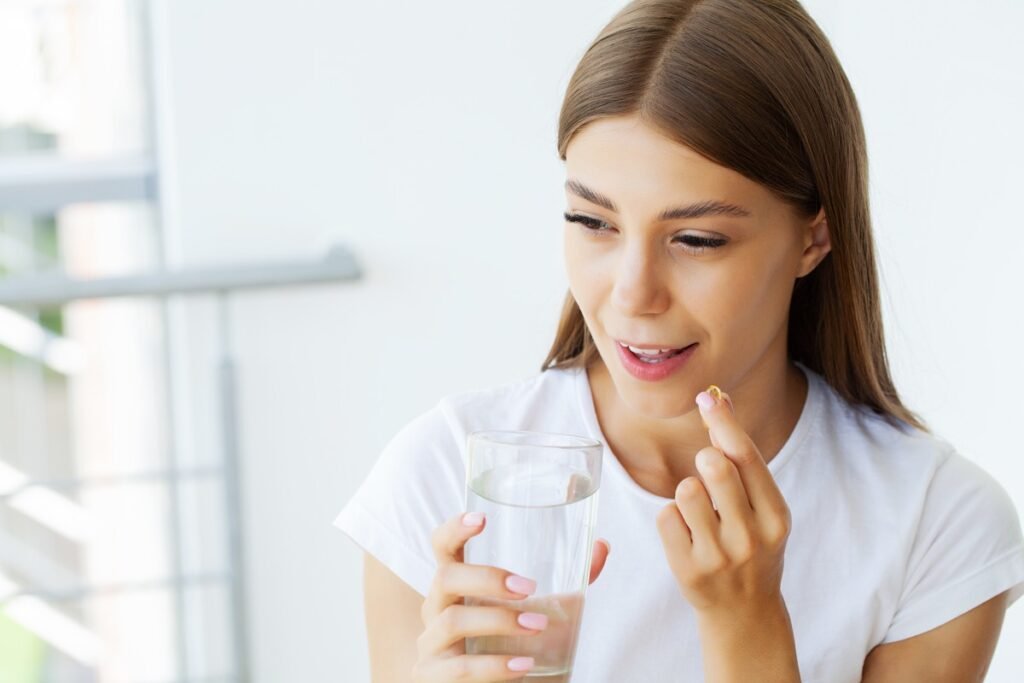Introduction to Blisterata
Blisterata, otherwise called persistent rankling dermatosis. Is a dermatological condition described by diligent irritation of the skin. Prompting the development of rankles, redness, and tingling. While its precise reason stays tricky. Factors like hereditary inclination, immune system brokenness, and natural triggers are. accepted to assume critical parts in its turn of events.
What Causes Blisterata?
Understanding the underlying mechanisms of Blisterata is crucial for effective management. While the precise cause remains unknown, several factors are present. thought to contribute to its onset. Genetic predisposition, autoimmune dysfunction. Environmental triggers such as allergens or irritants, and hormonal imbalances. Are among the primary suspects.
Symptoms of Blisterata
Recognizing the symptoms of Blisterata is essential for early intervention and management. Normal signs incorporate the arrangement of rankles and redness. Tingling, consuming sensations, and skin irritation. These side effects might change in seriousness from gentle uneasiness to weakening eruptions.
Diagnosis and Treatment
Diagnosing Blisterata typically involves a thorough. Assessment of the skin, clinical history survey, and some of the time, skin biopsy for affirmation. Once analyzed, treatment choices might incorporate skin corticosteroids and immunosuppressants. Allergy medicines, and phototherapy to reduce side effects and forestall eruptions.
Preventive Measures
While there is no definitive cure for Blisterata, several preventive. Measures can help manage symptoms and reduce the frequency of flare-ups. Avoiding known triggers, maintaining good skincare practices, and adopting a healthy lifestyle. Can significantly improve the quality of life for individuals living with Blisterata.
Natural Remedies
In addition to conventional treatments. Many individuals explore natural remedies to complement their management approach. Options such as aloe vera, oatmeal baths, coconut oil, and dietary supplements like omega-3. Fatty acids may offer relief from symptoms and promote skin healing.
Medical Treatments
For severe cases of Blisterata, medical intervention. May be necessary to control symptoms and prevent complications. Oral medications such as corticosteroids, immunosuppressants, and biologics may be prescribed to suppress. The immune response reduces inflammation effectively.
Blisterata and Lifestyle
The impact of lifestyle choices on Blisterata cannot be overstated. Factors such as stress, diet, sleep quality, and exercise can influence disease severity. And the frequency of flare-ups. By adopting a holistic approach to wellness, individuals. Can better manage their condition and improve overall health.
Dietary Recommendations
A balanced diet is rich in anti-inflammatory foods such as fruits. Vegetables, lean proteins, and omega-3 fatty acids can help reduce. Inflammation and support skin health. Conversely, avoiding triggers such as processed foods. Dairy and gluten may help prevent flare-ups.
Exercise and Blisterata
Regular exercise not only promotes health. But can also benefit individuals with Blisterata by reducing stress, and improving. Circulation, and boosting immune function. Low-impact activities such as yoga, and swimming. Walking are ideal option for those with sensitive skin.
Managing Stress
Stress management techniques such as meditation. Deep breathing exercises and mindfulness can help reduce stress. Levels and ease symptoms of Blisterata. Prioritizing self-care and relaxation can play a significant. Role in managing this chronic condition.
Support and Resources
Living with Blisterata can be challenging, but supportive. And resources are available to help individuals cope and thrive. Online communities, support groups, and advocacy organizations offer valuable information, guidance, and camaraderie. For those navigating the complexities of this condition.
Living with Blisterata
Coping strategies such as maintaining a positive mindset. Seeking professional support when needed, and practicing self-compassion are essential for individuals. Living with Blisterata. By embracing self-care practices and building a strong support network. Individuals can effectively manage their condition and lead fulfilling lives.
Future Research Directions
As our understanding of continues to evolve, ongoing research efforts are. focused on identifying novel treatment approaches, elucidating underlying mechanisms, and improving diagnostic methods. By investing in research and innovation, we can strive towards better outcomes. And quality of life for individuals affected by Blisterata.
Conclusion
In conclusion, Blisterata is a chronic inflammatory. A skin condition that poses challenges for those affected. By understanding its causes, recognizing symptoms, and implementing effective management strategies, individuals. Can take control of their health and well-being. With continued research and support. We can empower individuals to live their lives to the fullest despite the challenges posed by .
FAQs (Frequently Asked Questions)
Can Blisterata be cured totally?
-
While there is no definitive cure for, symptoms can often be. managed effectively with proper treatment and lifestyle modifications.
Is Blisterata contagious?
-
No, is not contagious and cannot be. spread from person to person through contact.
Are there any specific triggers for flare-ups?
-
Triggers vary from person to person but may. Including stress, certain foods, environmental factors, and hormonal changes.
Can natural remedies alone treat ?
-
Natural remedies may offer relief for some individuals. However, they are typically used in conjunction with medical treatments for optimal results.
What should I do if I suspect I have Blisterata?
-
If you experience symptoms suggestive of. It’s essential to consult a dermatologist for a proper. Diagnosis and treatment plan tailored to your needs.
